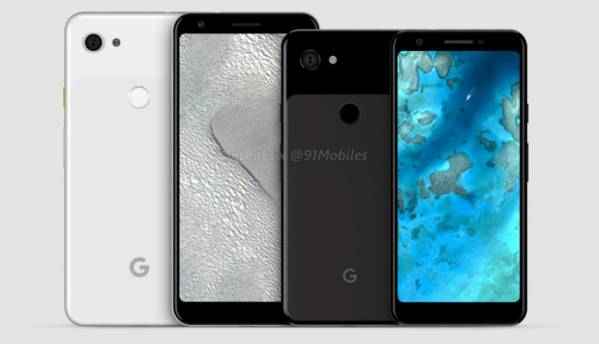best smartphone on the market 2018
Downloading went with ease and using the apps was a mixed experience. The limited processing capabilities of the TV should be mentioned; don’t expect iPad like experiences. Navigation wasn’t always smooth and some of the apps were completely useless. Still it’s a nice upgrade from last year’s leds.

But the slightly improved sluggish feel still makes me want to avoid all of it. Media play means that you can insert an USB device and play its content. This may not sound like a big deal but it is. Samsung claims to support virtually every format, and in a way they’re right. The feature has improved this year.
Buy Smartphone and get coupon. Reed more
The user interface first lets you choose between Movies, Music or Photos. Browsing the USB disk follows after your selection; luckily this is easy and fast. Sub maps are handled perfectly and I was able to navigate with serious speed.
best smartphone on the market 2018 - Simple Secrets For smartphone - Some Insights
So does it really play every format out there? Yes and no. I threw a lot at it, including media that the PS3 can’t play. AVI, MPEG, MP4 were all played with ease. MKVs weren’t a problem either, even the big 15+ gig ones. I had one instance where it declined to play my audio format because it was not supported – DTS I think.

Exploring Straightforward Systems Of buy smartphone best smartphone on the market 2018
I was in cloud 9 until I came across a little problem. Do you know those small HD cameras? They sometimes record in a file called.MTS, also known as AVCHD. The Samsung C8700 didn’t want in and couldn’t even see the files appear in the browsing window.
A small hiccup in an otherwise perfect playback score, guess I’ve to use the PS3 for AVCHD files. Calibrating Everyone who’s serious about televisions can tell you that proper calibration is critical. To accomplish this I calibrated the television for a few different scenarios and ultimately chose a compromise. Because I don’t want to switch settings each time I change to gaming, SD or HD movies. The menu is very easy to use. I pressed display options and found myself confronted by a few sliders controlling: sharpness, contrast, backlight, colors etc. I could also change the local dimming settings (smart LED) and the way the television tries to remove grain.
After about 2 hours, I found a good compromise in settings, displaying both SD and HD very well. I had turned the sharpness down a notch to remove unwanted artifacts around objects, most noticeably in SD signals. Contrast was upped a bit but not too much otherwise it removes shadow details.
Colors were set up high and backlight was set to maximum with the eco sensor enabled. The eco sensor is Samsung’s response to Sony’s system. Basically it reads the environment and changes settings accordingly. It can lower brightness based on ambient light, turn the TV off when there’s no signal and a few other less interesting things.
The sound settings give basic control, not nearly as extensive as the image setting capabilities. It allowed me to change the sound to the optimal settings for: movies, music and speech. And of course it has the surround mock-up setting, which I like. Last but not least the C8700 can normalize volume differences between channels. This can work but I kept it off because I never experience this problem much.
Normally you’d be done now but there’s one more setting to worry about: 3D. Samsung has provided a wide array of tools to make the experience, especially the conversion system, as comfortable as possible. Settings include: generated depth, brightness and the way the system generates the 3D effect.

No comments:
Post a Comment